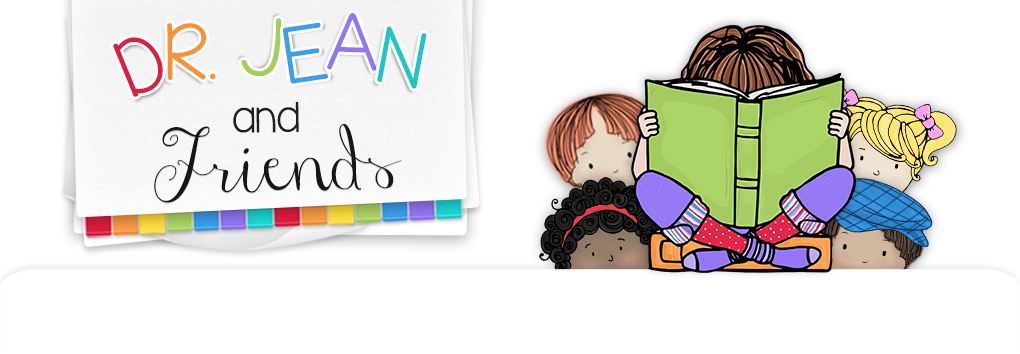I see the moon
And the moon sees me...
From the time children are toddlers, most of them are fascinated with the moon. The moon is FREE and it belongs to EVERYONE! Wouldn’t it be interesting to have children look at the moon every night for a month with their parents and draw a picture of what the moon looks like? What a meaningful way for families to do a little science together.
According to the Old Farmer's Almanac:
October 1, 2020 brings the Full Harvest Moon, the full Moon nearest the autumnal equinox (September 22 this year).
October 31, 2020 brings the Full Hunter’s Moon.
Being full Moons, both of these October Moons rise around sunset. But for several days around the time of the Full Harvest Moon, the Moon rises only about 30 minutes later each night. This extra light early in the evening is what makes this time of year special, and traditionally is what gave farmers extra days for harvesting beyond sunset.
As the Moon rises from the horizon around sunset, it may appear bigger and more orange—how perfect for the fall season! October 2020 brings two full Moons: The Full Harvest Moon falls on the 1st of October and then the full Hunter’s Moon falls on the 31st—Halloween!
Facts for kids about the moon:
The moon goes around the earth.
The moon has no light, but it reflects the sun’s light.
The light of sun on the moon creates the different phases of the moon.
That’s why it looks different to us throughout the month.
It’s called a new moon when you can’t see it.
When the moon gets a little larger at night it’s called waxing.
As the moon gets smaller it’s called waning.
The moon is always up in the sky, but during the day when the sun is bright you can’t see it.
Here’s a neat website where you can get a calendar of the moon’s phases and other learning activities:
http://stardate.org/nightsky/moon.

*What other things can you see in the sky? Take children outside and let them draw pictures of the things they see.
*Is there really a man in the moon? The moon has craters that make it look like a face.
Give children uncolored play dough and let them make a moon/pancake. Have them make craters in their moon with a pencil eraser or the end of a marker.
Here’s a book from Scholastic with the phases of the moon:
http://www.scholastic.com/parents/resources/free-printable/science-printables/minibook-moon-phases

Don’t forget to read two of my favorite books GOOD NIGHT, MOON, and HAPPY BIRTHDAY MOON.




